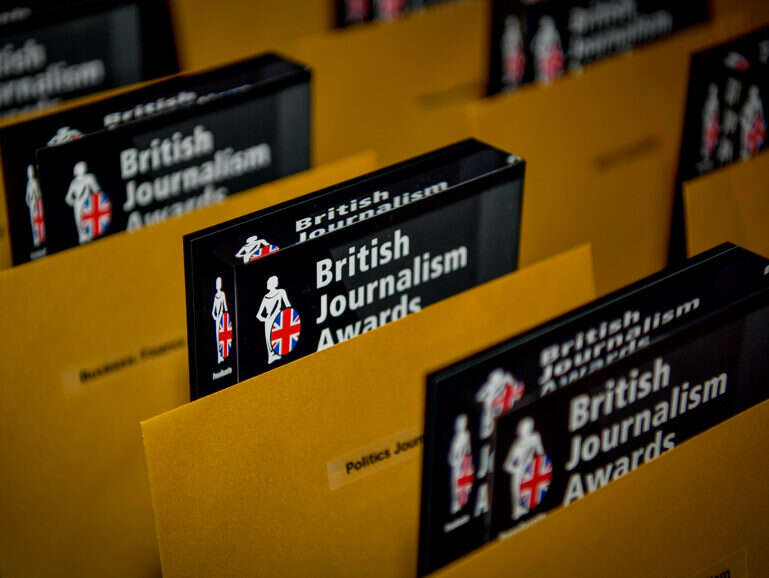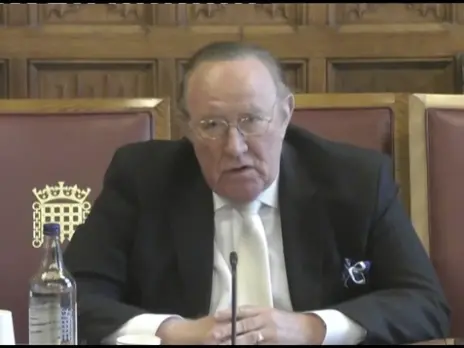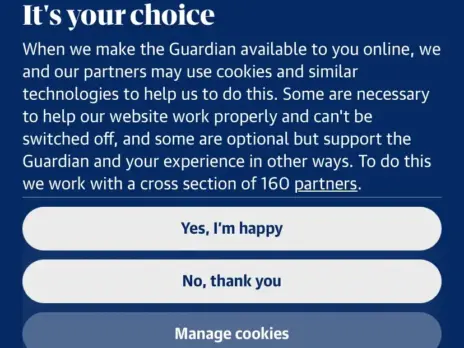
Launched in 2012, the British Journalism Awards have so far recognised more than 1,000 journalists as finalists.
Making it on to the shortlist is a major achievement. The emphasis on serving the public interest and strict criteria around revelation and journalistic rigour have meant publishers only enter their best work.
With entries now open for the 2020 event, which will be held remotely on 9 December, we’ve crunched the numbers to uncover the key trends and the event’s biggest winners overall so far.
Among his findings are the revelation that over the eight years of the event 740 male journalists have been shortlisted versus just 300 female (an issue which Press Gazette has taken steps to address this year).
First up, some ground rules: an individual is counted as “winning” an award, or getting on a shortlist, if they were nominated individually, or as part of a team where no more than six people were named in all. That way, we can be sure they played a significant role in the relevant entry.
Jonathan Calvert – editor of the Sunday Times’ investigative Insight team – has the most wins (seven) and the most appearances on a shortlist (14 in total). All but one of his wins – and all his other shortlist appearances – were in conjunction with at least one other member of the team. Three of his awards were won jointly with Heidi Blake in 2014, for their Fifa Files exposé; two more in 2015, including the coveted journalist of the year award.
The success of the Insight team means two other members – Heidi Blake and George Arbuthnott – are tied for second in terms of wins, with four apiece.
The Guardian’s Carole Cadwalladr is the only person to win exactly three awards – for technology in 2017 and 2018, and for investigation of the year in 2018. She’s won a BJA every time she’s made a shortlist.
George Arbuthnott also has the second highest number of overall appearances on an awards shortlist, with ten, including six occasions where he missed out on a prize.
Ian Birrell (freelance mainly for the Mail titles, and latterly also the i) is third, with nine shortlist appearances. He won on only one occasion, though, scooping the award for popular journalism in 2018.
Paul Morgan-Bentley (of the Mail group and latterly the Times group), Julian Sturdy (of BBC East) and Jonathan Gibson (of BBC Birmingham) have all been shortlisted five times – but never won.
Five more journalists – Richard Pendlebury, Matt Precey, Jim Waterson, David Collins and Christina Lamb – have been shortlisted four times, but always come away empty-handed.
‘Broadsheet’ newspaper titles have dominated
News organisations are more diverse than ever, and it is no longer a simple matter of separating your tabloids from your broadsheets (and even that division has no physical basis these days).
For this analysis, then we roughly divided entries into:
- broadsheet
- tabloid
- local news organisation
- foreign news organisation
- news magazine
- specialist publication
- TV or radio
- Independent investigative team
- And news agency.
In each case, we combined Sunday titles (such as the Sunday Mirror), weekday titles (such as the Mirror), and websites (such as Mirror Online) into a single organisation (such as the Mirror group, which would go in the “tabloid” category). We added a separate category for digital native publications (such as Buzzfeed or Huffpost). In an ever-more digital age, there’s something slightly artificial about these divisions; for now they are the best we have.
The broadsheets have dominated the awards over the years, with 346 appearances on a shortlist (41% of all shortlistings), including 71 wins (51% of all wins).
TV and radio organisations have been responsible for 146 shortlistings (17% of shortlistings), and 20 wins (14% of wins). Tabloids have had 138 shortlistings (14%) and 19 wins (16%).
While broadsheets have remained dominant, the picture has changed since the awards started in 2012. In two of the first three years, broadsheets were responsible for more than half of all shortlistings. But both the awards, and the media landscape, have evolved since then.
The gap closed markedly in 2015 and, despite something of a revival in recent years, broadsheets accounted for less than four in ten shortlistings every year since. Tabloids, TV and radio – and increasingly online native news organisations – are claiming a much bigger share compared to the earliest days.
The Times the been the most successful
The Sunday Times and Times have been the most successful titles, in terms of both getting shortlisted and actually winning awards.
Since the awards started, a total of 850 individuals and teams have been shortlisted, while 140 awards have been handed out.
The Sunday Times and Times have been responsible for 129 shortlistings (15.1% of the total) and walked away with 32 awards (22.9% of all awards). In other words: nearly one in four awards have gone to the Sunday Times, the Times, or individual journalists working for one of those titles.
The BBC has the second highest number of appearances on a shortlist, with 86, one in ten of the total.
The Guardian and Observer are second to the Times titles in terms of overall wins, with 21 awards – more than twice as many as any of their other rivals.
This raises an interesting question. Which organisations, once they are on a shortlist, are most likely to win? Looking at all those to win at least three awards over the years; journalists at the Guardian and Observer, the Times titles, and Channel 4 have the best ratio of wins-per-shortlisting. Those at the BBC and Mail titles have been more than twice as likely to miss out.
So that’s the overall picture. But how have things changed over the years?
At first glance, in terms of shortlistings, the Times and Sunday Times have been remarkably consistent – with 13 in 2012, 15 in 2013, 18 in 2014, 14 in 2015, 13 in 2016, 23 in 2017, 17 in 2018 and 16 in 2019.
Yet for the last two years, they haven’t had the most shortlistings. Why?
Well, one factor is simply the rise of strong opponents. The Financial Times, which had the most shortlistings in 2018 (with 18), never had more than five between 2012 and 2016. Since then they have had eight (in 2017), 18, and 14 in 2019.
The BBC has been a major factor since 2016: that year it had 16 shortlistings, in 2017 it had 19, in 2018 it had 17 and in 2019 it had 18. Prior to 2015 it had never had more than four shortlistings.
The Guardian and Observer, meanwhile, had a stellar 2019 – with 19 shortlist appearances, the most of any group – but that caps a gradual rise, rather than coming out of nowhere.
And the trends among winners? Again, the Times and Sunday Times have been consistent over the years. The Guardian and Observer are the only other group of titles to always come away with something, while the FT and Mirror/Sunday Mirror have increasingly become a factor.
Men versus women
Some 55 per cent of British journalists are male, according to an often-quoted study carried out by City University London in 2016. So are 45 per cent of those getting shortlisted for awards – or winning them – female?
The short answer is: no. The slightly longer answer is: no, but there are signs things are getting better.
Since the awards began in 2012, 740 male journalists have been shortlisted (either individually, jointly, or as part of a named team), compared with 300 female journalists. That means 71.1 per cent of shortlisted journalists have been male.
As for those who went on to win, 120 were male (70.6 per cent), while 50 were female. So far, so not great.
The trend over time has been somewhat more positive: for the last three years, the proportion of shortlisted journalists who were female has always been over 30 per cent.
As for the winners, the pattern is a bit more volatile. (That’s natural, given that the sample size is much smaller.)
If we plot these figures as a graph we see the direction of travel – particularly in terms of shortlistings – is at least towards equality, even if slow.
Email pged@pressgazette.co.uk to point out mistakes, provide story tips or send in a letter for publication on our "Letters Page" blog






